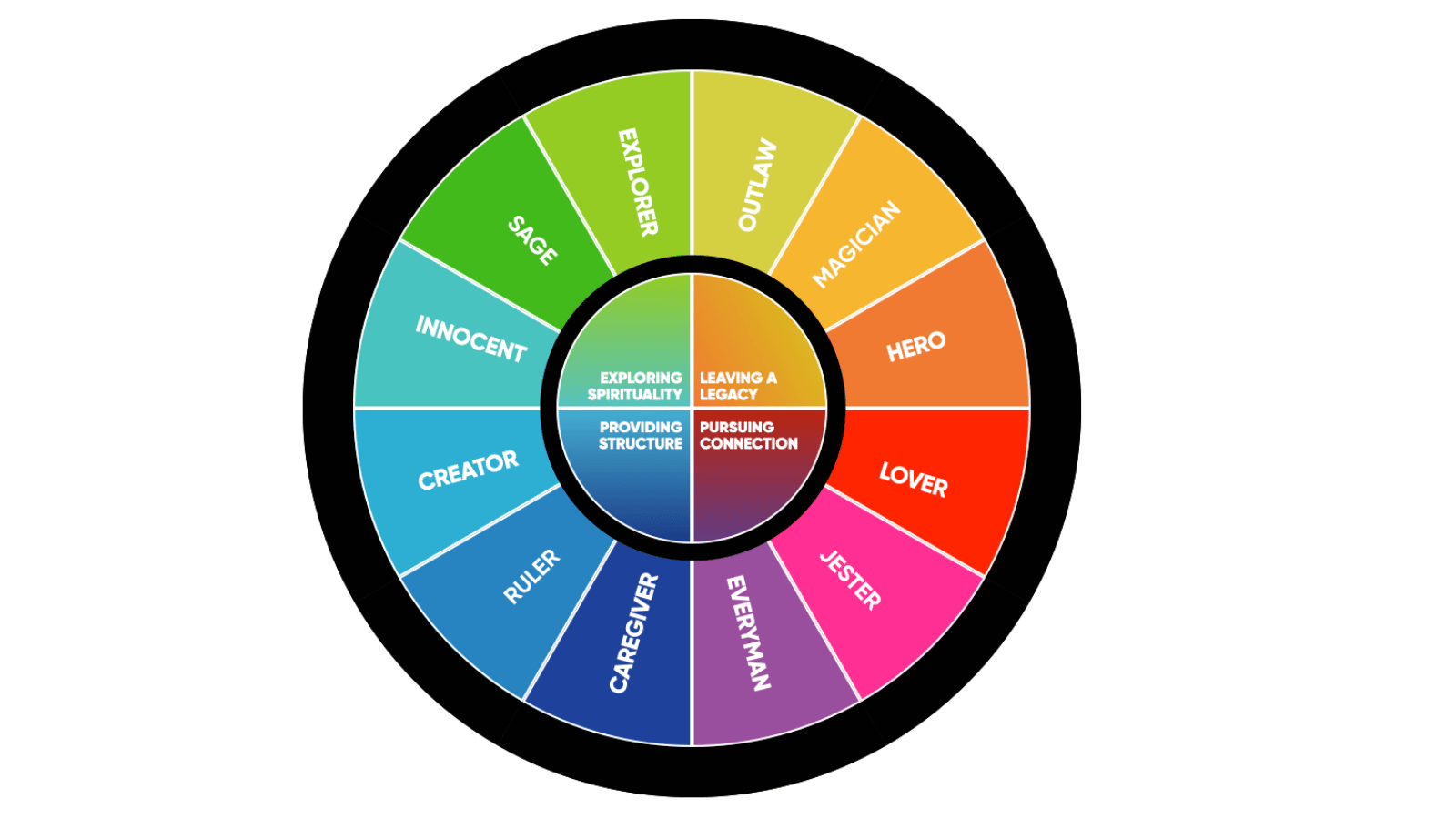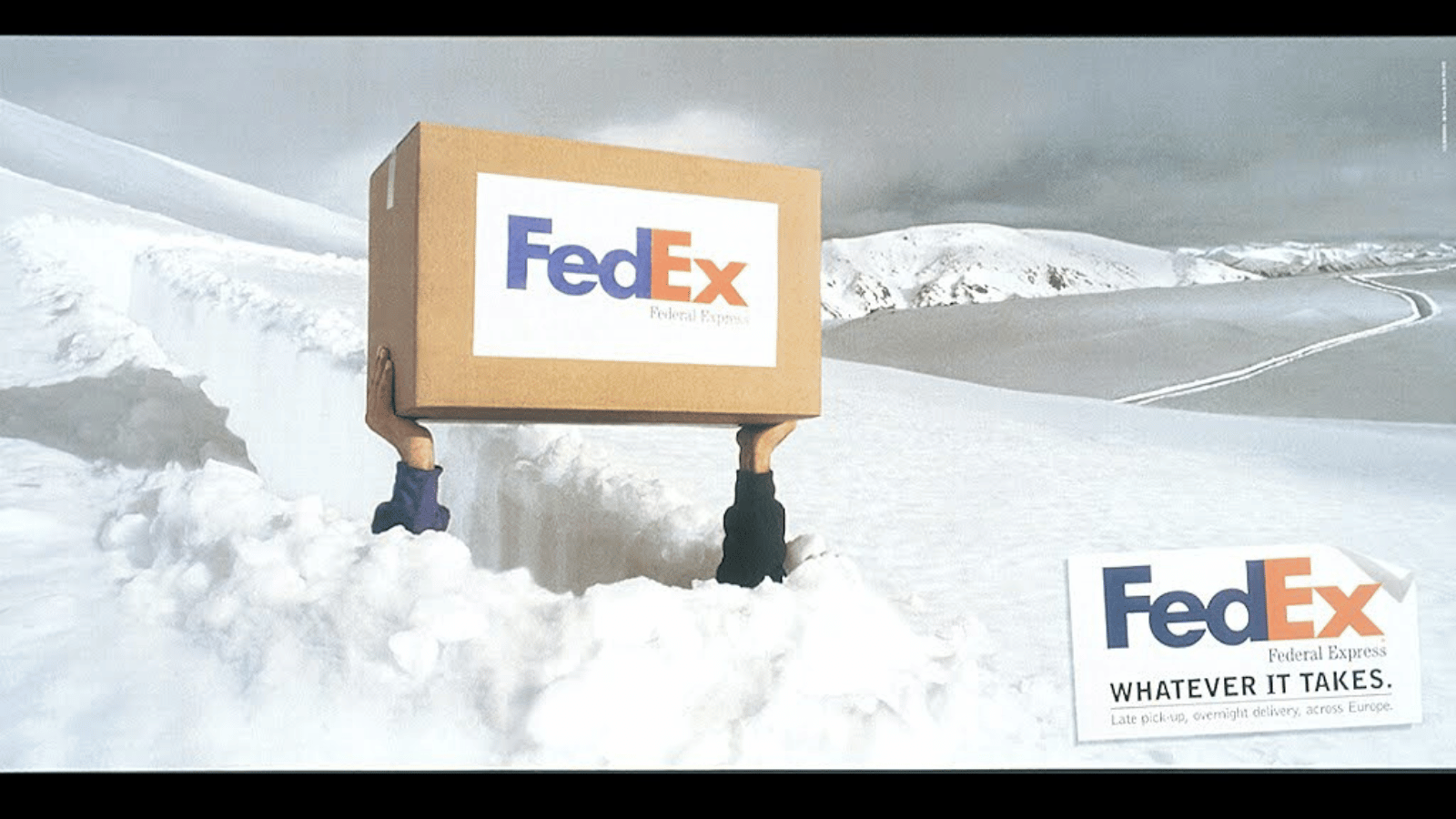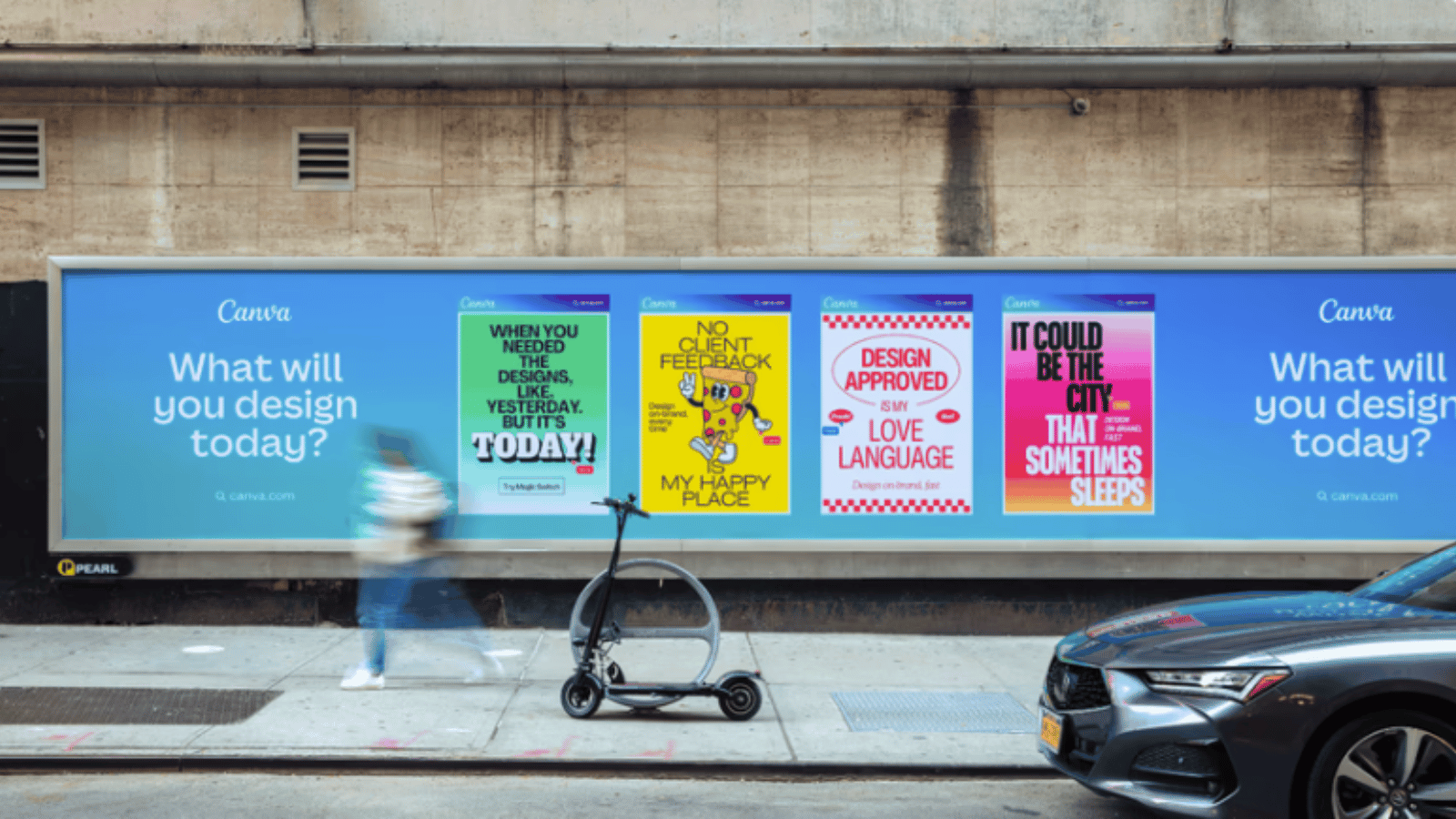Brand work can be grueling, time-consuming—and often, expensive. As a CMO, planning and executing a rebrand (or even just a strong brand marketing campaign) is rarely the path of least resistance. It takes confidence to prioritize, and even more conviction to justify the investment to the rest of the C-Suite. At Grafik, we hear this all the time: “how can I prove the value of the brand work we’re doing?” Whether it’s a repositioning, a visual identity refresh, or a brand campaign designed to build awareness and favorability rather than leads, the pressure to demonstrate ROI is real. And that’s especially true in B2B.
As Carolyn Ahlstrom of Mozaic Research put it at our most recent NVTC Marketing & Growth COI event: “What gets measured, gets improved.” That mindset is critical if you want to treat brand as a business lever, not just a cost center.
For B2B organizations, brand health shows up most clearly during the “Research phase” of the buying process. When decision-makers are scanning the market, evaluating options, and shaping their consideration set, brand perceptions can make or break your chances. As Carolyn warned, “If you burn the garlic, you’re not going to be able to fix the sauce.” A negative or misaligned first impression—whether from reviews, press, or reputation—can disqualify you before you’ve even entered the conversation.
But research shows that brand influence doesn’t stop there:
- Middle of the funnel: Brand credibility also plays out in packaging, pricing, and messaging. Do prospects believe your claims? Does your positioning resonate in context? If not, you may be forcing sales to overcome “brand baggage.”
- Bottom of the funnel: Strong brands drive premium pricing. Weak ones discount to win. Research on pricing and packaging consistently shows that companies with strong brand preference avoid margin erosion.
So, how do you prove it? Here are a few brand measurement approaches we help B2B CMOs deploy:
- Brand Tracking Studies: measuring aided awareness, familiarity, consideration, and usage over time provides a clear picture of where your brand stands relative to competitors. Think of this as your “brand funnel.” Where are prospects falling out—from knowing your brand, to liking it, to using it? If you’re not ready to engage an outside firm for this, there are lots of AI tools on the market that can help benchmark your brand’s health on a daily basis.
- Brand Mapping: these visually show how attributes (credibility, innovation, value, etc.) are associated with your brand compared to others. This is especially powerful in B2B where “permission to play” is often dictated by perceived credibility.
- Message Testing: quantitative and qualitative research helps identify which claims are believable, which elicit skepticism, and which simply don’t land. For CMOs, this is invaluable in refining positioning before scaling campaigns.
- Pricing & Packaging Research: these studies show the brand effect on price elasticity: whether your brand can command a premium or whether it triggers discounting pressure. For high-consideration B2B purchases, this is a direct line to revenue impact.
- Purchase Journey Analysis: mapping out the entire journey (which can span 9–24 months and hundreds of touchpoints in B2B) highlights where brand equity acts as reassurance—or risk. This helps marketing leaders know when to double down on amplification.
The key isn’t just conducting brand research—it’s making it operational. At Grafik, we help clients embed these insights into business decision-making. What does this look like in practice? It looks like repositioning with confidence by validating credibility in new markets. Strengthening middle-funnel messaging by leaning into what buyers actually find believable. And aligning marketing and sales by proving how brand equity protects margins and accelerates decisions.
When CMOs can demonstrate that brand isn’t just “fluffy marketing” but a measurable driver of revenue, pipeline health, and pricing power, the conversation with the CFO and CEO changes. Brand becomes less of a gamble—and more of a growth engine.
Brand is both an early gatekeeper and a late-stage value lever. Measuring it requires rigor, but the payoff is clear: higher credibility, stronger preference, and better margins. As a CMO, if you want to elevate brand in the boardroom, you need to embrace the data, not shy away from it.
Or, to borrow Carolyn’s phrase: measure it, so you can improve it.





